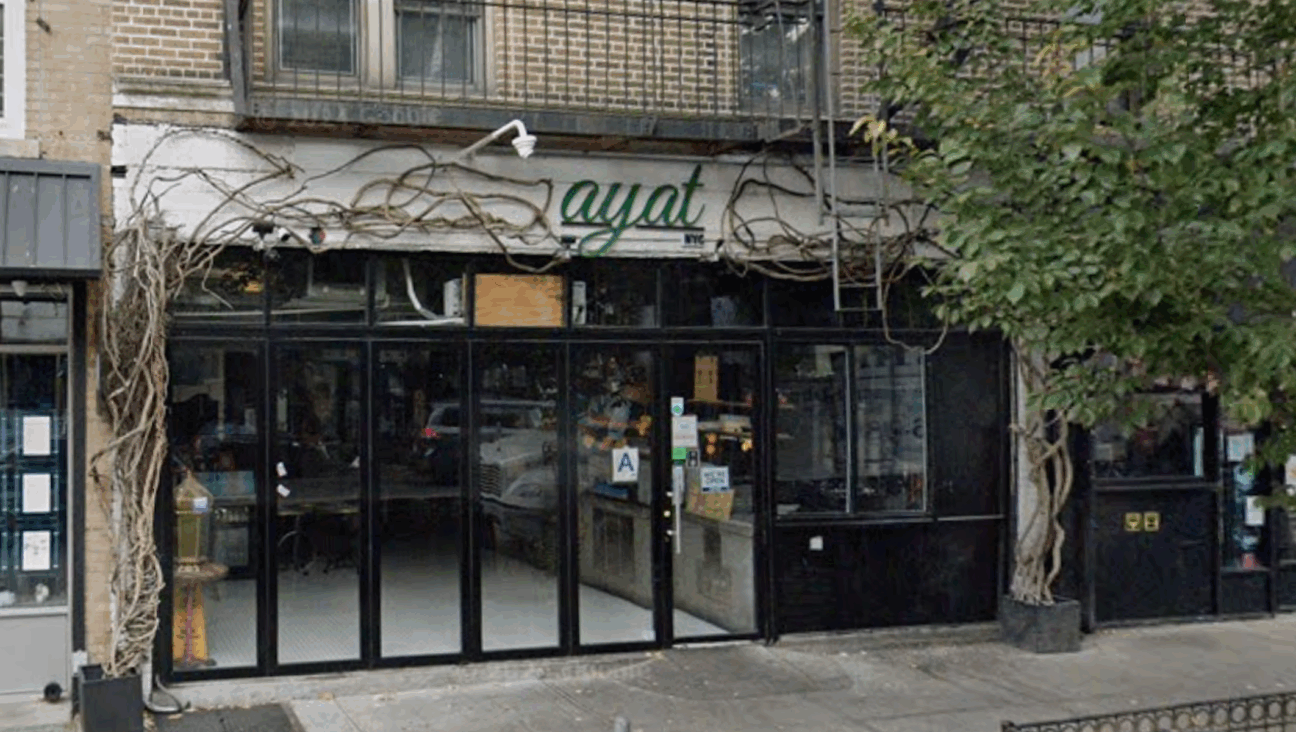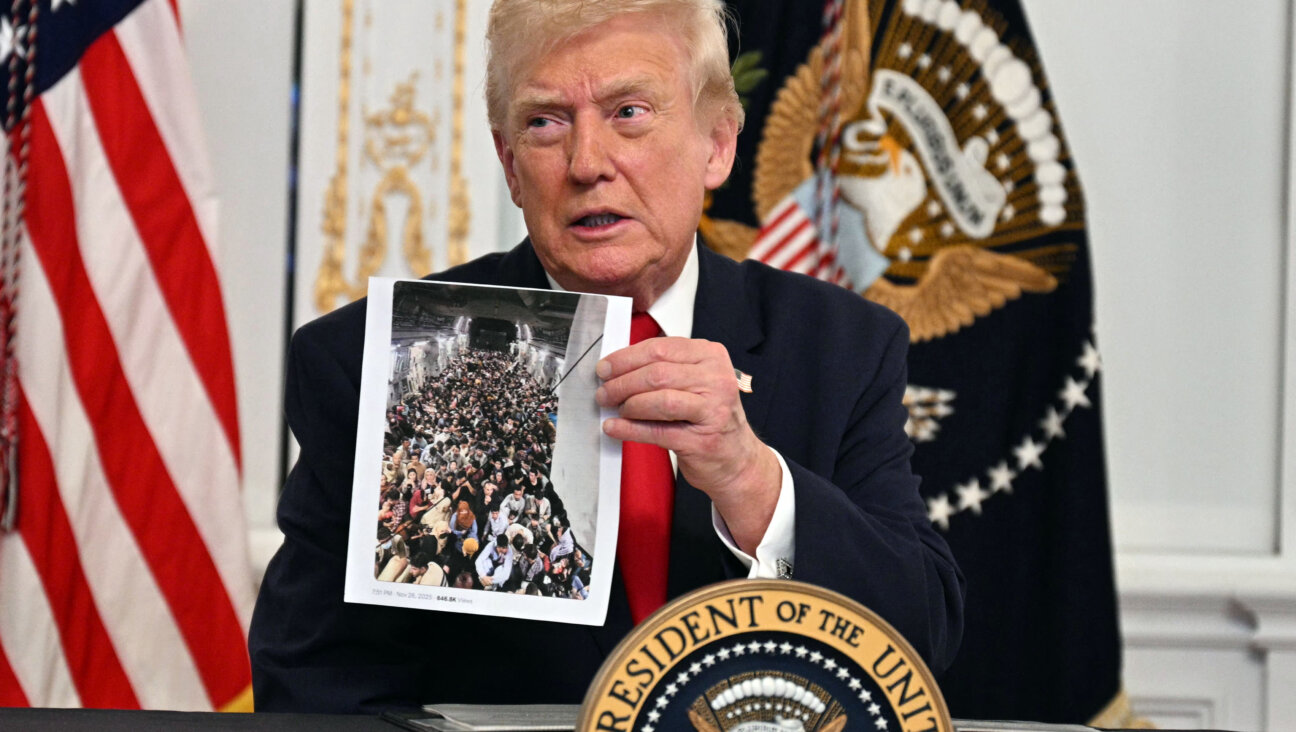German Hoarder’s Vow To Return ‘Nazi’ Art Greeted With Skepticism

Image by getty images
A German recluse’s pledge to give his billion-dollar hoard of Nazi-looted artworks back to their rightful owners was welcomed on Thursday but also met with scepticism about how it would work in practice and whether all of it would actually be returned.
The legal custodian of Cornelius Gurlitt, who inherited the paintings drawings and sculptures from his father, said on Wednesday his client would return all works looted by the Nazis to their owners or owners’ descendants.
But the lawyer representing the heirs of Alfred Flechtheim, a Jewish art patron and collector who lost everything to the Nazis, questioned whether Gurlitt was in a position to make such a promise given that the art has been confiscated by the authorities.
“It remains to be seen … in which cases this announcement actually leads to returns,” Markus Stoetzel told Reuters. “Gurlitt can make an announcement that he wants to return the art works but the prosecutor has to agree.”
Gurlitt’s trove, which includes Modernist and Renaissance masterpieces valued at about 1 billion euros ($1.4 billion), according to media reports, was discovered when authorities raided his Munich apartment in February 2012 investigating possible tax evasion.
He inherited the collection from his father, who took orders from Hitler to buy and sell so-called ‘degenerate art’ to fund Nazi activities during World War Two. The son aroused suspicion in 2010 when German customs officials stopped him on a train from Switzerland carrying a large sum in cash.
The first piece to be returned would be a portrait entitled “Sitting Woman” by Henri Matisse, according to Gurlitt’s lawyer. The painting belonged to Paris-based Jewish art collector Paul Rosenberg and was at some point part of Adolf Hitler’s air force chief Herman Goering’s collection before making it to Gurlitt.
Germany’s government has been heavily criticised for keeping silent for almost two years about the trove until a magazine broke the story, for not publishing a list of all the pieces and for possibly having had no legal right to keep the works.
Ruediger Mahlo, representative for the Claims Conference in Germany, reiterated his plea that Germany make the list of art works public to ease research into legal ownership.
“In order to implement this wish quickly, the origin of all objects of the entire Gurlitt collection must be cleared up quickly,” he told Reuters, referring to works taken from Gurlitt’s homes in Munich and in Salzburg in Austria.
Under German rules, works acquired from 1933 up to the present day but created before 1945 can be investigated as Nazi-looted property.
Ronald Lauder, president of the World Jewish Congress, said while he welcomed Gurlitt’s decision, he should not be made out to be a hero.
“Had it not been for public pressure and the setting up of a task force by the German government to look into his trove, Mr Gurlitt would not have moved, despite the fact that this is now being presented by his lawyer as a voluntary act,” he told Reuters.














